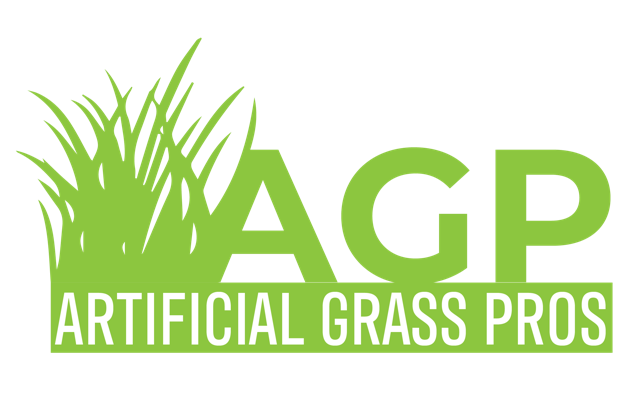In recent years, artificial turf has become a popular alternative to natural grass for both residential and commercial landscapes. It offers a low-maintenance solution that doesn’t require water or chemicals, making it an eco-friendly option. However, like everything else, artificial turf also has its challenges. In this article, we will discuss the benefits and drawbacks of artificial turf, helping you decide if it’s the right choice for your outdoor space.
- Low maintenance needs
One of the main benefits of artificial turf is its low maintenance requirements. Unlike natural grass, artificial turf doesn’t need watering, mowing, or fertilizing. This makes it perfect for areas with water scarcity or regions where the sun doesn’t shine as much throughout the year. So, if you’re someone who doesn’t want to spend all weekend taking care of your lawn, artificial turf may be the way to go. - Durable and Long-Lasting
Artificial turf is built to last for over a decade. This means once it’s installed, you won’t have to worry about any significant maintenance for up to ten years. It won’t get worn down by daily use, and it’s resistant to the elements. So, if you’re considering it as a long-term investment, it’s an excellent option. - Safe for Children and Pets
Artificial turf is especially beneficial for homes with children or pets. It’s a safe and soft surface for both parties to play on, and it’s also hypoallergenic, which means that it won’t irritate anyone with allergies. Additionally, it’s easy to clean up after pets, and it has excellent drainage capabilities, preventing any unpleasant foul smells. - Limited Customization Options
While artificial turf does come in different colors and materials, it lacks the variety and customization options that natural grass offers. Natural grass in your yard may give you more flexibility in designing and landscaping your garden. Artificial lawns are not appropriate for areas with heavy foot traffic or unsightly shrubs. - Upfront Cost
Like with any installation, there will be an upfront cost associated with artificial turf. While it is generally affordable, you’ll have to factor in the costs of the turf, installation, and drainage systems. Moreover, the better quality of turf you go for, the more expensive it may be. However, in the long run, it can be a smart investment, especially for those seeking to avoid the ongoing expenses that come with natural grass upkeep.
In conclusion synthetic grass is worth considering for those looking for a low-maintenance, long-lasting solution that’s safe for children and pets. While it lacks customization options and could be an expensive upfront cost, it may be more cost-effective in the long run. We hope this article has helped you gain a better understanding of the benefits and drawbacks of using artificial turf. Ultimately, the final decision will depend on the user’s specific needs and preferences.
For more info, check out our other blogs!

Recent Comments